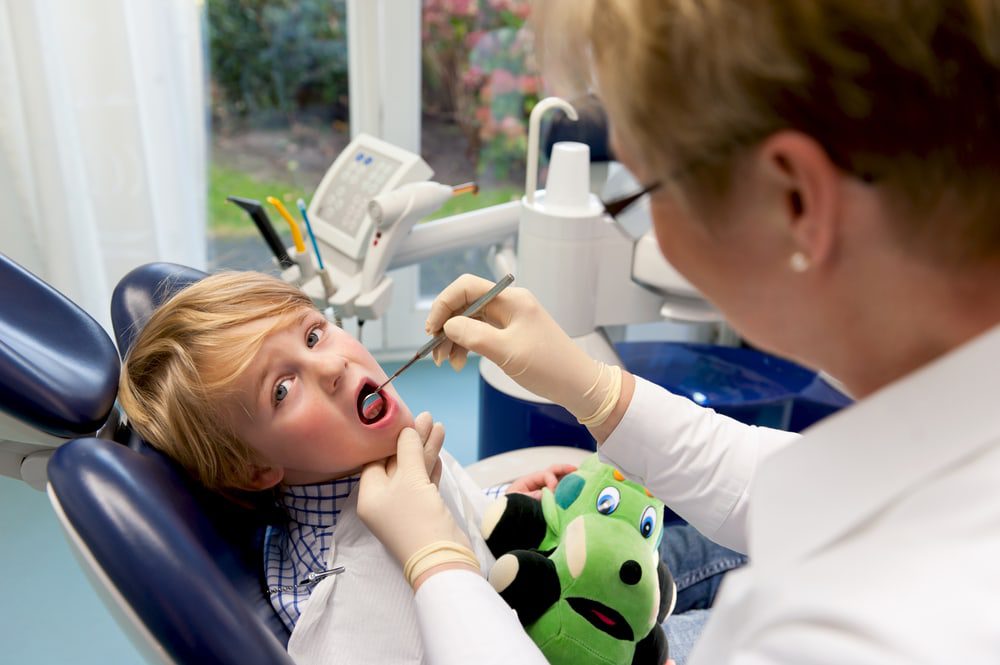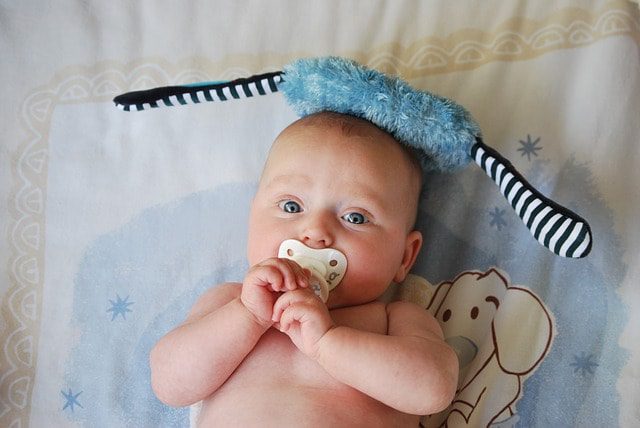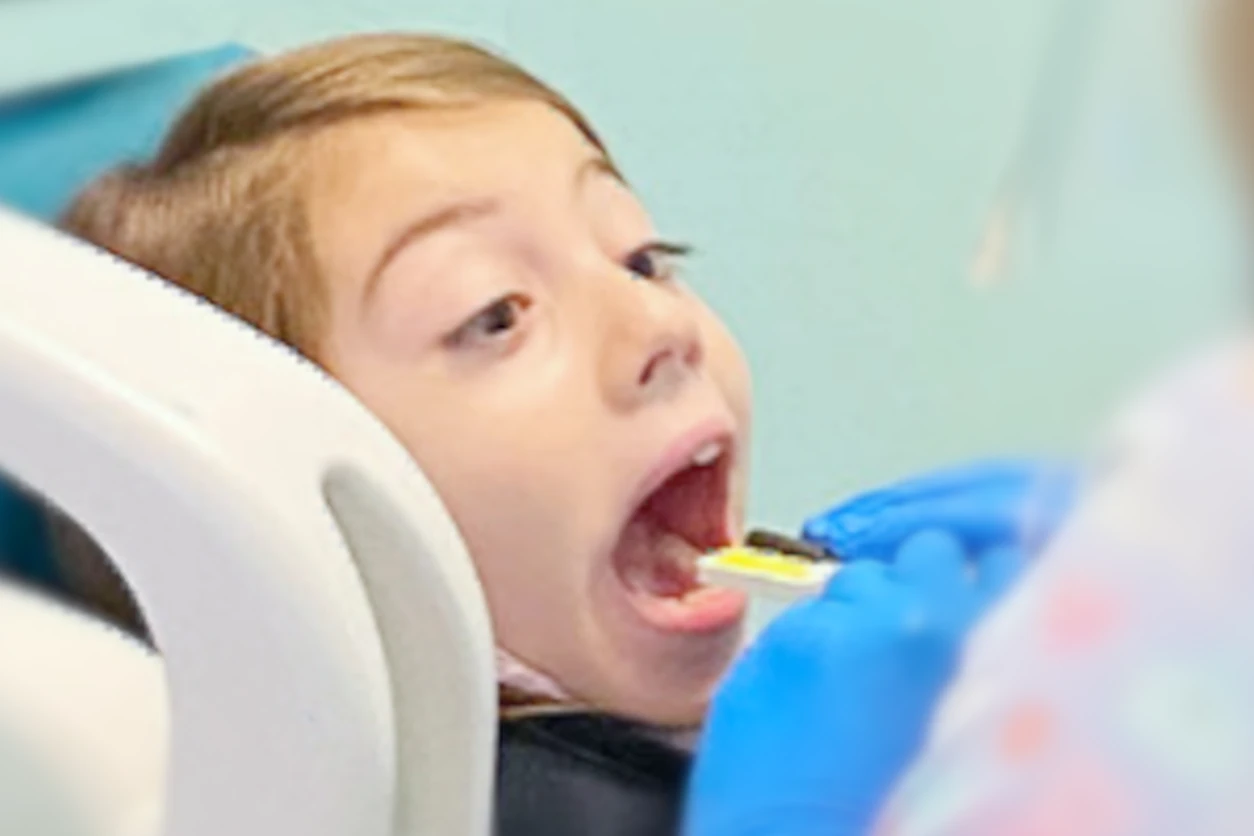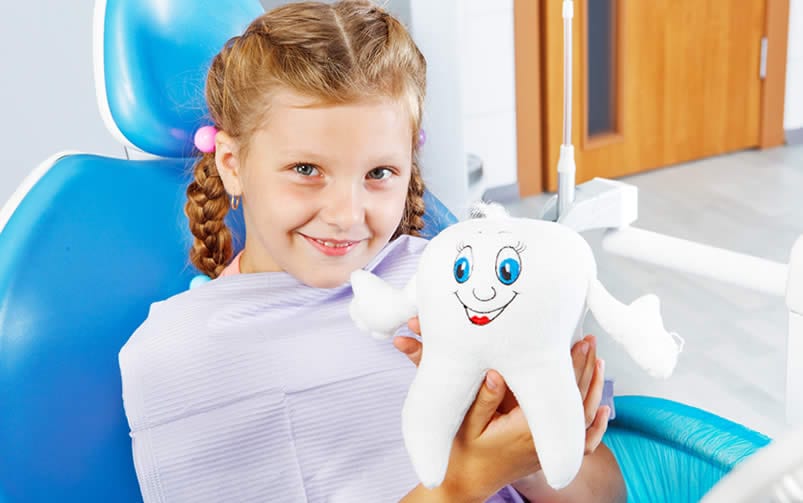Did you know that at any one time, approximately four million people in the United States wear braces? And of those four million people, roughly 75 percent are children. In fact, children’s braces are so common that many people see them as a normal part of growing up.
If you’re a parent wondering, “What is the best age to get braces for a child?” you’re in good company. Keep reading for a thorough discussion of children’s braces because the best age to get braces might not be as straightforward as you think.
At What Age Should a Child Get Braces?
The most common question parents ask is when can kids get braces, or how old do you have to be to get braces.
Every child is different, which means that there is no universal best age to get braces. However, most kids get braces somewhere between the ages of eight and fourteen. Orthodontic treatment is best started when children have lost most of their baby teeth, and they have almost all of their adult teeth.
Early Warning Signs of Orthodontic Problems
So how do you know if your child needs braces? There are plenty of reasons kids undergo orthodontic treatment. Some issues, like overcrowded, overlapping, or crooked teeth, are clear to see. Others, such as malocclusion (or a bad bite), are less easy to identify.
However, by age seven, parents may notice some warning signs that their child has orthodontic problems, such as:
- Early loss of baby teeth (or late loss)
- Mouth breathing
- Grinding or clenching
- Oral habits such as thumb sucking
- Speech difficulties, such as a lisp
- Asymmetry in the face
- Clicking in the jaw
Also, if you or your spouse wore braces, chances are your children will need them, as many oral issues are inherited.
Though it’s a good idea to monitor your child’s oral health, it’s always best to seek the opinion of a dental professional. In many cases, a pediatric dentist is the first person to notice a problem in children, and they may refer you to an orthodontist. The orthodontist will then recommend whether braces are appropriate and which devices (if any) are needed.
However, if you notice any of these signs before age seven, you don’t need to wait to schedule an appointment. Your child may be a candidate for early orthodontic treatment.
What Is Early Orthodontic Treatment?
Early orthodontic treatment, or phase I as it’s sometimes called, is for children who still have some or all of their primary teeth.
It may be recommended for several reasons, such as to prevent improper growth or alignment of the permanent teeth. In other cases, children receive early orthodontic treatment to address an issue that’s difficult to correct once the face and jaw stop growing.
An orthodontist may recommend early orthodontic treatment in the following cases:
- To fix a bad bite (underbite or crossbite) that may lead to other problems
- To create space for teeth that have yet to erupt
- To reduce trauma to protruding front teeth
- To correct facial symmetry
- To speed up the treatment time required from braces
Often, early orthodontic treatment is incredibly valuable in preventing minor issues from becoming more serious or long-term.
What Happens if My Child Doesn’t Get Braces?
For many parents, getting orthodontic treatment for their child is not always a cut and dry decision. The cost of braces, though it has gone down in recent years, still represents a significant investment. Sometimes parents doubt that their children need them.
Still, orthodontic treatment is more critical to your child’s health than it may seem. Not getting braces when recommended can lead to other problems down the road, ranging from mild to more severe.
For example, a misaligned jaw or incorrect bite that goes uncorrected may cause chronic headaches. It can lead to jaw or tooth pain when they eat, and small gaps between teeth can increase without treatment. Additionally, minor problems may turn into more serious dental or orthodontic issues that could require surgery.
And besides the health risks, you should consider your child’s emotional wellbeing, too. Having crooked teeth can make it difficult to smile and is very often the reason for confidence and self-esteem issues in adults who never received orthodontic treatment.
What to Expect During the First Visit to the Orthodontist?
The American Academy of Orthodontists recommends a first visit to the orthodontist by age seven. The orthodontist will perform a thorough examination of the jaw, mouth, and teeth to identify any problems, even subtle ones, that may need to be addressed.
For example, the orthodontist will check for misalignment of the jaw, a common issue that can be fixed with braces. They’ll also look for overcrowded teeth and may make recommendations for tooth removal. Tooth removal is sometimes necessary to make room in the child’s mouth before straightening the rest of the teeth.
A first visit often includes taking X-rays to see tooth positioning. The orthodontist uses these X-rays to determine how permanent teeth are coming in, and sometimes they may take molds of the teeth. Molds help orthodontists determine which type of treatment is most suitable for the patient.
Finally, expect to answer questions, such as whether your child sucks their thumb or if they breathe through their mouth. The orthodontist will also ask your child if they have popping or clicking in the jaw or having difficulty chewing or swallowing. Early treatment may be recommended based on this exam, or the orthodontist may prefer to monitor your child’s growth.
Conclusion
As you can see, there is no one answer to the question, “What is the average age for braces?” Every child is different—some need braces at eight years old, while others will begin treatment at fourteen—which means that paying attention to the early warning signs outlined above is critical.
Your job as a parent is to ensure that your child receives the care they need at the right time. Like those on our team at Children’s Dental FunZone, a qualified orthodontist is your best ally for this job.




